Carrie Oliver knows her beef. And luckily, she’s one of my very good friends and loves to send me on happy beef adventures, including an Artisan Steak Tasting a couple of years ago and more recently an Artisan Burger Tasting, which I actually enjoyed even more.
If you’ve never heard of artisan beef tasting – in short – not all beef is created equal and USDA’s way of judging quality of beef (prime, choice, select) is based on fat content – which in truth, has very little to do with flavor of beef.
What influences flavor even more than marbling is the breed of cattle, where they were raised, what they were fed and how they were treated. Can you imagine doing a burger tasting like you’d do a wine tasting? Flavors notes of parmesan, nutty, mushrooms, earthy, grassy, hay, etc. Carrie Oliver developed a flavor profile system for Artisan Beef that I think is absolutely brilliant because it considers all of the factors that affect flavor above, including information about the rancher themselves.
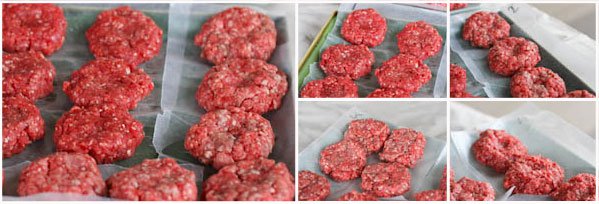
It’s a blind taste test and we each recorded flavor notes and chose our favorite. At the end of the tasting, the artisan producers and information on the cattle was revealed.

Burger #1 was from Mettenberg Farm:
(click on the chart above for more detailed tasting notes)
and we did the same type of tasting notes for the remaining burgers – Satchel Creek from Kansas, Varner from Kansas and Elliott Ferris from Colorado.
If you’d like to do an Artisan Burger Tasting, start by heading over to Carrie Oliver’s site where you can download tasting guides and a step-by-step.
I recommend trying each of the burgers naked at first (and honestly, the beef is so damn good that you might not even want anything else — even the bun!) I took a few bites of each burger as is, and then added lettuce, tomato and good mustard to each after recording my flavor profile notes.
In the meantime, I’ll let Carrie take over and explain Artisan Burger Tasting to you herself! Enjoy! ~jaden
p.s. Artisan Burger Tasting or Artisan Steak Tasting is a great Father’s Day idea! Carrie sells an Artisan Steak Tasting Kit – Four 10-12 oz. sirloins from 4 different artisan ranchers plus 2-day shipping and tasting kit is $85. Dad will love it more than the silly golf doo-hickey that he’ll never use.
p.p.s. I love what Carrie is doing because she’s a one-woman show in her business and determined to change the way people think about beef. And my kids love her too.
===
Artisan Burger Tasting
by Carrie Oliver
If I invited you an Artisan Burger Tasting, what would you expect? Unless you’ve read Jaden’s post on one of my Artisan Steak Tasting events, my guess is that you’d come prepared to for a “smack down” between by multiple contestants, each trying to outdo the others with fancy buns, unique seasonings, and condiments like black truffles or foie gras or Cherokee Purple heirloom tomatoes.
As Jaden can attest, there are more interesting things to explore. Rather than rating a chef’s ability to create a masterpiece of a burger, I’d like to invite you to have a tasting in which you focus on the flavor and texture of the beef itself. Think of it as like a wine tasting but with burgers from different farms or ranches, or what my I call MeatCamp.
First, let’s back up a bit and talk about what is the difference between Artisan Beef and the regular stuff you find at large supermarkets, or what I call mystery meat.
What Is Artisan Beef?
Many people tell me that the steak or burger they ate this week wasn’t as good as the week before. Most of us blame ourselves. “I bought the wrong steak.” Or, “I cooked it wrong.” And, “I left it in the refrigerator too long.” That’s what I used to tell myself for many years as well, until one day I learned that beef tasted different last week because IT WAS different.
I’ve spent the last several years researching the practices and standards that create differences, good and bad, in the beef that we eat. In doing so I created the designation “Artisan Beef” and am busy cataloging the farmers and butchers who have taken up Artisan Beef practices – or in some cases never abandoned them – and helping you find the good stuff, too. An Artisan Burger Tasting is a great place to start.
Think for a moment how beef is merchandised. When you go to the grocery store, whether it’s produce or packaged goods you are presented with a huge variety from which to choose. On my last visit I counted 11 varieties of apples, 8 types of lettuce, 76 different tomato-based spaghetti sauces, countless flavors of potato chips and cheeses, and a selection of wines that would fit any budget, flavor preference, or occasion.
The typical meat counter offers a very different study. Chicken and pork come in different cuts of, well, chicken or pork. By and large, beef is sorted and sold by the amount of fat in it in. For ground beef, the grocery store I mention above offered lean, very lean, and ground chuck.
The truth is, the percentage fat in a burger doesn’t tell you that much about the flavor or texture of that burger (which may come as good news for those of us who are concerned about counting calories). That’s right, USDA Grade is nowhere near as important as we’ve been led to think.
Instead, in many ways, beef is just like wine. As wines made from Cabernet Sauvignon grapes will typically taste different than wines made from Pinot Noir grapes, the same is true with beef. There are dozens if not hundreds of cattle breeds and crossbreeds spread across 750,000 farms and ranches in North America. Each has different characteristics, as with wine grapes.
Yet when you get to the supermarket shelf, the huge natural variety is all jumbled together and labeled as beef, or at best USDA Choice or nowadays, grass-fed beef. To me buying this mystery beef at the supermarket is like buying wine without a label or an apple without even knowing the color of its skin.
Artisan Beef, on the other hand, begins with a rancher/farmer and butcher who pay attention to practices that bring out the best flavors and textures in beef and also meet our growing desire for open pasture grazing, low-stress handling, and avoidance of growth hormones and preventative antibiotics.
Beyond the basics of good animal husbandry, flavor, texture, and overall quality are influenced by many factors, including but not limited to the following:
If you’re not too familiar with wine, the principles with coffee or apples are the same. I strongly prefer tart apples such as Pippins, Braeburns, or Granny Smiths. I bet you have a favorite cup of java or apple variety, too.
So what does all this mean for the humble burger. Simply put, there’s a world of flavors and textures of burgers out there just waiting to be discovered and you, your kids, and your friends will like some better than others. The best way to find out what you like is to start experimenting!
Finding Beef for An Artisan Burger Tasting
If you think a wine or chocolate tasting is fun, you’re in for a real treat with an Artisan Burger Tasting. The trick is, just like any other food, you need to actually know what’s on your plate if you expect to enjoy the same or similar flavor the next time.
First you’ll need to find a few different sources of beef to include in your tasting. You are ideally looking to find farm- or ranch-specific beef and to know what kind of cattle they raised and how. (If this isn’t practical, as a first step look for beef with a label that says it was raised without the use of added growth hormones or antibiotics and then try to find out as much as you can about the beef as possible.)
Ask the following and jot down the answers: the cattle breed or crossbreed (e.g. Hereford, Purebred Angus, Angus-Jersey Crossbreed, Charolais, etc.), the growing region, the specific diet, the aging technique used (dry-aging or wet-aging), and the name of the farm, ranch, or ranch group.
I would also ask what the % fat is in the burger. As many of you will know from reading my earlier posts, fat content makes far less of an impact on beef – especially in steaks – as one might otherwise think. But fat does carry some flavor, and in burgers it can also have an impact on mouth-feel. Some people describe this feeling as juicy; others find it filmy or oily. As part of your growing appreciation for burgers, you’ll want to learn whether you prefer the feel of fat or not in your burgers.
Finally, this is a great opportunity to try grass-fed beef if you haven’t already done so, so try to include at least one sample in your tasting.
You can use this as a guide.
You will often have the best luck at your local farmers markets, where the purveyors are highly likely to be able to answer your questions. You may even get to speak with the actual farmer!
Next, consider the butchers in your area: you may be lucky and find one or two who can proudly tell you the specifics like the name of the farm, the breed, the aging, and so on. Finally, while your supermarket or mass merchandising chain cannot typically give you the details of breed, diet, and so on, if that’s where you usually buy your burger why not include it in your tasting?
If you are having trouble locating good sources in your area, send me an email – if I can help I will respond with some possible local sources. Also, when you find new and interesting sources of beef (or chicken, or pork), PLEASE send me an email so I can add them to my directory. I’m at Carrie AT oliverranch {dot] com.
How to host an artisan burger tasting:
Outside of the beef itself, the most important thing to have is a copy of my Artisan Beef Tasting Guides.
Artisan Steak Tasting Guide Note Paper:
The guide will help you and your friends and family compare the burgers from different farms or ranchers and take notes. It includes a list of flavors that you might find in beef and also helps you categorize each beef according to three basic, easy to understand criteria: Texture, Personality, and Impression. [downloadable guide]
Mark the plates & create diagram for grill or pans
To start, mark all plates and platters so you can keep track of which beef came from which farm throughout the tasting. If possible, I recommend you take the extra effort to plan a “blind” tasting, using a code to mask the identity of each beef until after the tasting is completed.
Make the burgers
Next, make 1½ oz mini-burgers (“sliders”) from each farm’s beef. An ice cream scoop will be close enough if you don’t own a kitchen scale. Be sure to diligently follow proper food handling rules throughout the process. Sprinkle each burger with a small amount of kosher salt or unflavored sea salt, and voila! You’re ready.
Cook the burgers
Cook the patties on a grill or cast iron pans, keeping the beef from each farm separate from each other while cooking. The USDA recommends cooking the burgers until they reach an internal temperature of 160 F.
Plate the burgers
Place one patty from each farm onto individual serving plates in the exact same order for each person at your tasting. Serve immediately.
Taste the burgers
Ask your guests to read my Artisan Beef Tasting guide and then taste the burgers keeping notes as they go. I may be able to join you by Skype or phone, too, just let me. Choose one patty to start with, and then taste each burger in clockwise order and take notes. Ask tasters NOT to share their opinions or blurt out reactions that could spoil the experience for others. Taste now, share later.
If you like, have people taste the patties first unadorned and then again with condiments and or buns. But make sure to taste the beef on it’s own, first, to get the full experience.
Compare artisan burger tasting notes
This is the best part, finding out what other people thought of each ranch’s beef by reading aloud your tasting notes and then revealing your first, second, third, and fourth favorite. Remember, this isn’t a “smack down.” Rather than consider who “won” the tasting, I encourage you to learn what you like best and why, so you can buy more of good stuff!
Buy more of your favorite! Support artisan beef producers!
You’ve stocked up on your favorite wine, cheese, chocolate, heck, even your laundry detergent. Why? Because you usually save money and you also have your trusty favorite around whenever you want it. The same is true for beef. If you find a beef you and your family love (or even if you have a split decision), I strongly encourage you to buy more from the same farm or ranch. The savings can be phenomenal, you’ll know the people who produced your beef, and you can enjoy your preferred flavor of beef whenever you like.
Send me your notes!
I am always interested in learning about new, fabulous artisan farms, ranch’s and butchers. You can volunteer to have me celebrate your tasting event on my Web site. How fun would that be? You can even use my easy survey form to send me your notes, just go to my tasting notes Rate Your Burger survey here. You’ll also have a choice to join my newsletter so I can tell you about great sources of Artisan Beef (and if you’re interested, pork, lamb, and poultry, too) and upcoming Meat Camp tasting events.
Artisan Burger Tastings – It’s Like A Wine Tasting, But With Burgers!
ps If you ever host a home steak tasting or one of my own artisan steak tasting kits, please also send me your notes with this Rate Your Steak survey, here.
Tasting Guide :
Artisan Steak Tasting Guide Note Paper:

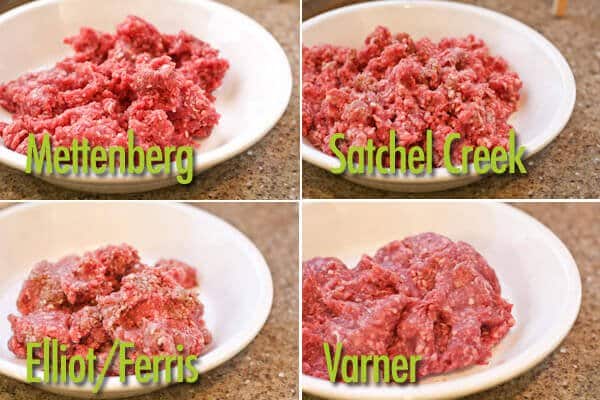

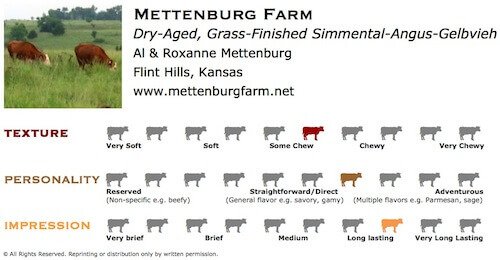
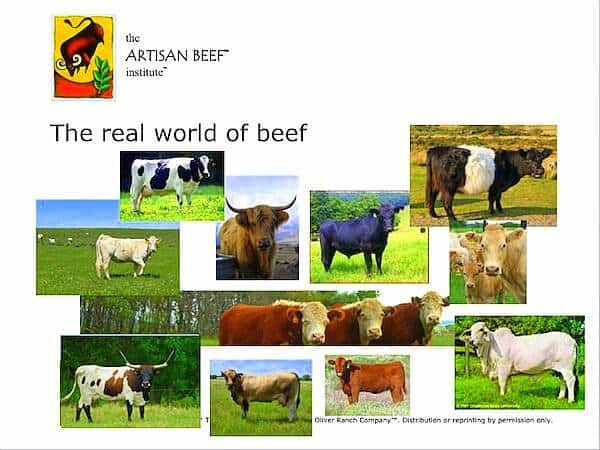
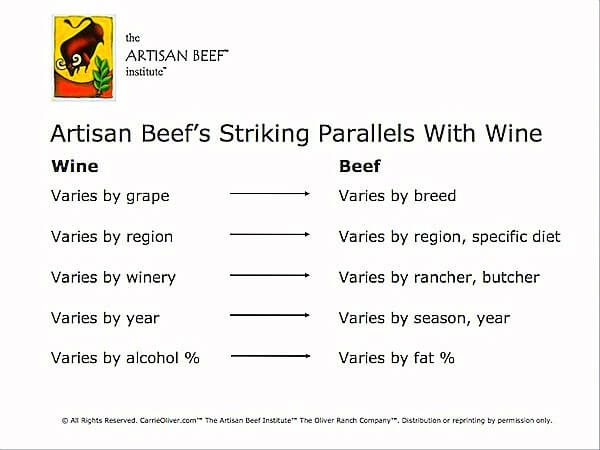

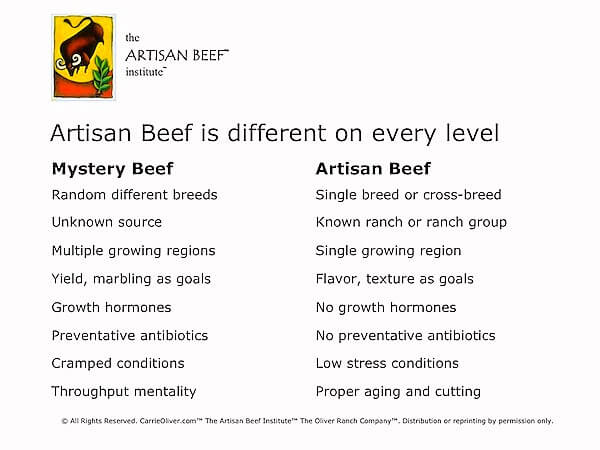
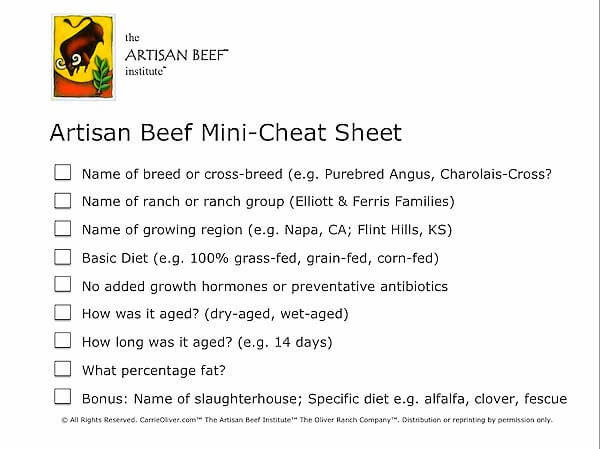
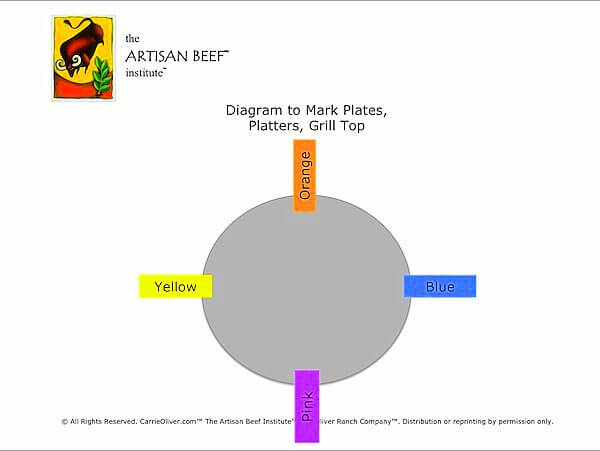

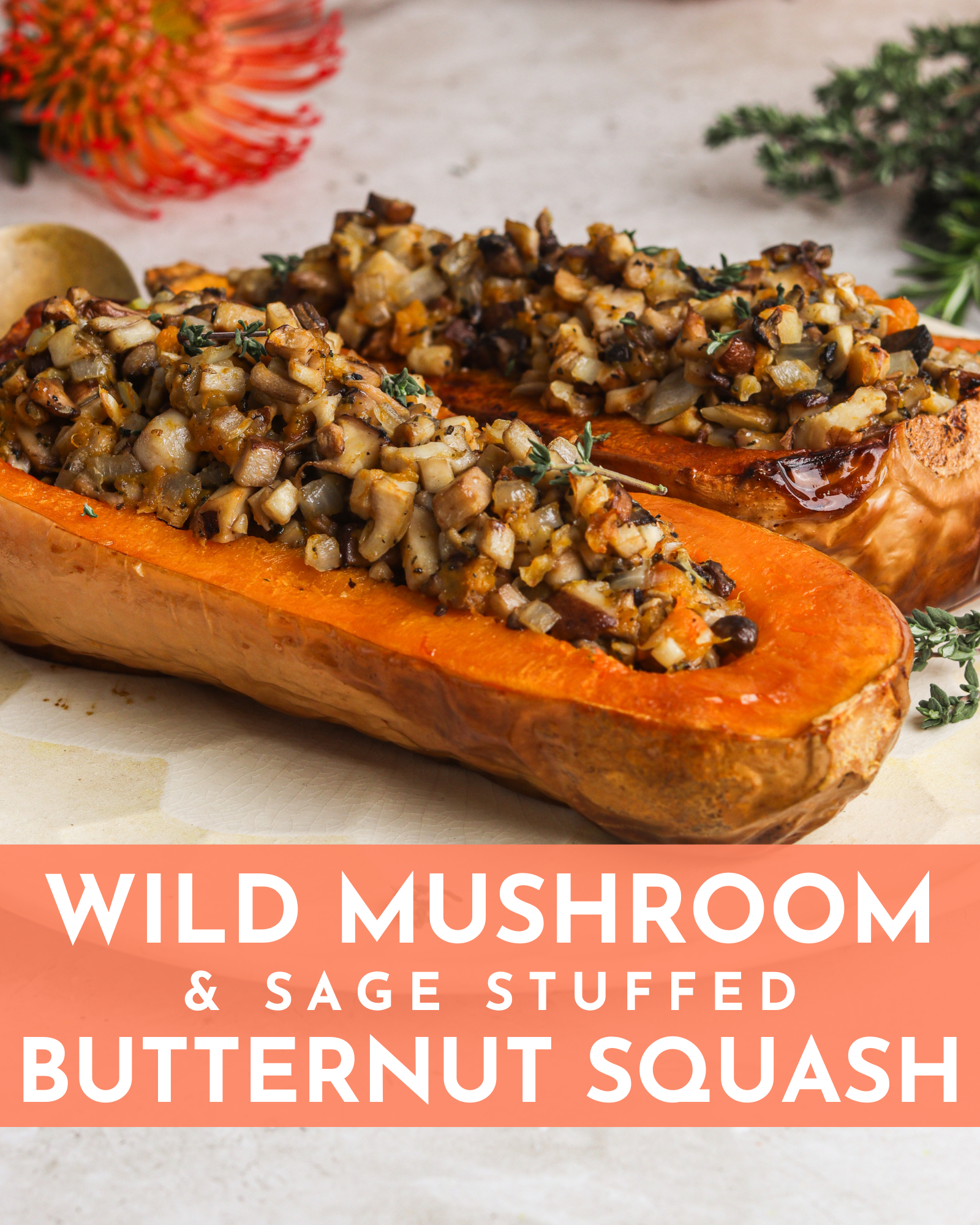

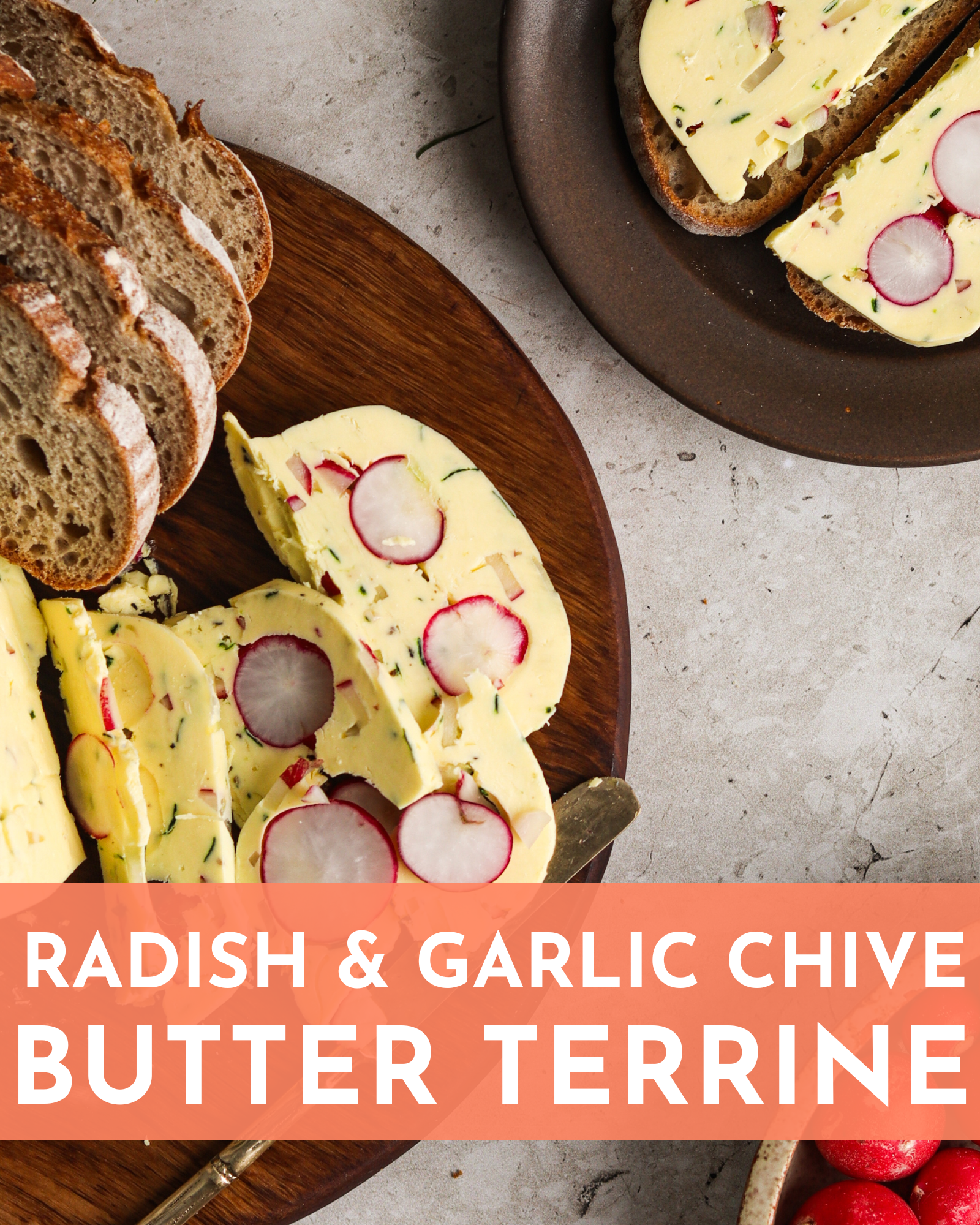
…It just doesn’t get any
better than seeing the gorgeous “Mrs. Anita Pelaez” over at her and her
husband “Captain Kutchie’s” place..Some Folks Also Call Him..”The
KutchMan others call him The Kutchmon!”…Most Just Call Him “The Most
Interesting Man In The World”….(Anita and Kutchie Pelaez’s Key West, Key
Lime Pie Factory and Grill)…Just watching the lovely couple baking together all those Yummy
Key Lime Pies at their Key Lime Pie Factory and Grill in Asheville.
…It’s always worth the trip to visit them in they’re Historic Key Lime
Pie Factory and Grill…It should be on everyone’s bucket list for
sure..And The World’s Best Key Lime Pies!..YUM-YUM-YUM…..”Talk About
World Class” What An Understatement!…….AAHHHHH!….The Magic Of The
Lovely..”Mrs. Anita Pelaez” And Her Delicious Key Lime Pies Baked With
Pure Love…Always……40 Years And They’re Still Going Strong….
….May GOD Continue Blessing “Anita And Kutchie Pelaez” and They’re World
Famous Key Lime Pie Factory And Grill Where The Personalities, Ovens And
Smiles Are Always Warm And Inviting. “Kutcharitaville” You’re The Best We Love You!….
…Now You Know Who Is The Hottest!…And Baby Let Me Tell You, Mrs. Anita Is No Act…She’s The Real Thing Baby!…
….Located Near The Biltmore House And Estate…..
….Who Could Ask For Anything More?…Anita’s Key Lime Pie…(Hell Yes!)
….Just Think, Kutchie’s Goody Goody Cheese Burgers, The Original Cheese Burgers In Paradise!
….That Alone Is Quite A Pretty Big Deal If You Ask Me. ….”Hell”,..It’s A Pretty Big Deal Even If You Don’t Ask Me.
This is an excellent post. Since my dad is a steak-and-potatoes kind of guy he will enjoy this very much!
This is a great post Jaden! I always buy local and grass fed but I admit that beyond that my knowledge of nuances is pretty limited. I love the idea of a burger tasting, now I’m curious to see if I can get this all together in time for the 20th!
This is one of the most interesting posts I’ve read in a while! Thanks for the info.
Three cheers for beef! I never really thought about it, but it makes sense that the different breeds play into the taste as well. I already have come to the conclusion that buying grass-fed, naturally raised beef generally tastes better to me, but it varies from one piece of beef to the next as to how much I love the flavor. I bet there’s a difference in breeds going on, even with the same rancher. I have some questions to ask next time I purchase beef!
\(^o^)/~
This post is so helpful…it’s is all so new to me…such an eye opener…lovely post, Jaden and hope you have more like this
WOW! this is an awesome post. I am on a search for the best burger in West Michigan these days so all this info was super useful. Thanks : D.
Wow, didn’t thing beef could be so nuanced in flavor. Doesn’t it lose some of its characteristics when it gets cooked? Either way, love the idea of artisan burgers. For me, I’d get overwhelmed by the variety and then I’d just mix them all for a super burger! LOL
This post is full of all kinds of good information ~love it, Jaden. Fun dinner party idea too!
What a great post! I thought the only way to get a great cut of beef was to raise it yourself, take it to the slaughter house and by a huge deep freeze. Great info!
How fantastic to read a really thorough explanation. My husband would love this and I bet that burger tastings would really turn many people to care more about how their beef is raised. Thanks.
I think it’s important for us to know where our meat comes from and what it went through before it goes through our digestive tract (uhh, sorry, got a little gross there) but not only do you get to know how it’d taste based on how it was raised, you’d be able to make a good economical, ecological and green choice.
This post was really interesting and informative! Thanks for posting it. 🙂
Wei-Wei
this is a great idea for an event. i love this post.
Hallelujah! and Hamburgers! This is so wonderful! Yes, folks don’t even know (me included until recently) the amazing artisan meat that is available now. I live on the Olympic Peninsula and we have an amazing beef producer, grass fed AND finished: Clark Farms, Sequim WA. I invite readers to investigate the wonderful nutritional value of such a food. If the animal is grass finished, then the meat keeps it balance of omegas and it is as valuable as eating salmon! The eatwild web suggestion is an excellent source of info. Of course, it stands to reason that different animals would present differently. Many thanks for this expansive and beautiful post! I look forward to experiencing the taste test!
So pleased to see this story. In Ag college, we were asked to grade meat chiefly on appearance. We never fot to the cooked product…I always felt cheated! Excited Carrie is putting forth a system to identify flavors. Thanks Carrie and Jaden!
Thank you for this wonderful post.
I personally think it is very important to know where the meat we eat comes from and how the cattle (pig or chicken) was raised, fed and treated. There is an unbelievable taste difference. Everybody should be well informed about the shocking world of factory farming. Our beef comes from my friends cattle that she raises at her farm here in Colorado.
I have attached a link for you and interested readers to find local sources in their area:
http://www.eatwild.com/products/index.html